Biography from Sanjit Das website :
Sanjit is a documentary photographer.
Sanjit’s keen interest in social issues is evident in his role as a chronicler, it lends a glance at the individuals living through the transformation of the economic and political landscape of developing countries. Sanjit’s regularly works for leading international magazines, publications and corporate clients and depending on assignments, he incorporates his documentary style for fashion, travel and advertising clients as well.
His work is published by Atlantic, Mother Jones, TIME, Newsweek, Bloomberg Businessweek, Le Monde, Financial Times, Sunday Times, The New York Times, The Wall St. Journal to name a few. Apart from working with publications, Sanjit also works with different international UN agencies and other donor foundations. Some of his corporate clients include consulting groups and corporations like McKinsey & Co., Ernst & Young, American Express, Facebook, Rollsroyce, Nestle etc.
Sanjit is a member photographer of Panos Pictures. He currently lives in Kuala Lumpur, Malaysia and covers South East Asia and South Asia. Sanjit is also a global imaging ambassador for Sony Cameras.
Exhibitions:
2015 : Solo exhibition, River Brahmaputra. SONY Ginza Gallery, Tokyo, Japan.
2015 : Group Exhibition, Festival Fotografia Etica, Milan, Italy
2013 : Mr. & Mrs. Das – Obscura Photo Festival, Malaysia
2012 : Breaking Margins – Caste Discrimination, British Council, New Delhi
2012 : Group exhibition, Ichha to support Girl Childs Education, New Delhi, India.
2012 : New Indian Photography, Fotofreo Photography Festival- Australia
2011 : Exhibition and book launch of RISE at Legatum Institute, London & Ana Tzarev Gallery, NY, USA
2010 : Freedom to Create Exhibition : Queen’s Palace complex in Kabul, Afghanistan.
2010 : Freedom to Create Exhibition : Ana Tzarev Gallery, NY, USA.
2010 : Yangon Photo Festival, Yangon
2009 : Freedom to Create Exhibition : Victoria and Albert Museum, London
2009 : WOMEN: Revela ’09 festival, Spain (Galicia)
2009 : Against the Wall : Dongria Kondh, New Delhi
2008 : Click! Contemporary Photography in India, Vadhera Gallery – New Delhi & London
2005 : Gallery Bizot, Paris
2004 : Moroccan Mosaics, New Delhi
Awards:
Yonhap Internatinal Press Photo Awards 2011
British Press Photographer’s Year 2011
International Photography Awards 2009
Interview with Documentary Photographer Sanjit Das
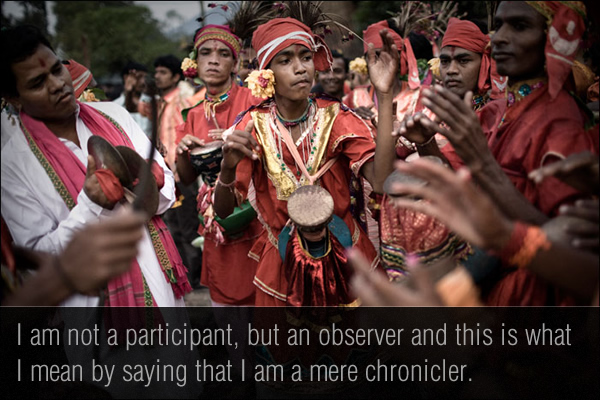
Hi Sanjit, can you please introduce yourself.
I am a self-taught Indian photographer living between two Asian cities – New Delhi and Kuala Lumpur and I mainly work on stories worldwide.
My keen interest in social issues is evident in my role as a chronicler, documenting India’s rapid transformation from rural economy to a global superpower. I find it extremely interesting how photography offers me to focus on the people who are living and dreaming through this rapid change.
I am represented by Panos Pictures Agency. In 2007, I was featured in a book showcasing contemporary Indian artists, ‘Made by Indians’ published by Gallerie Enrico Navarra.
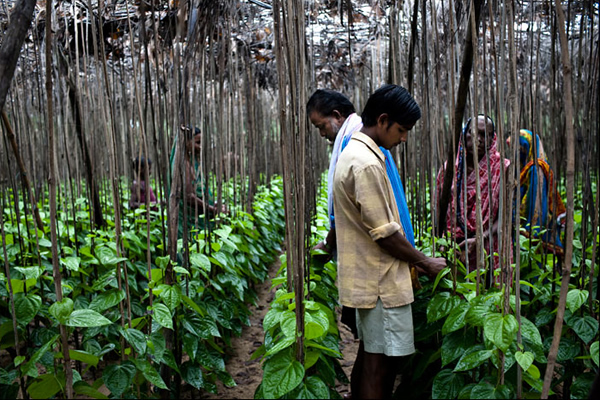
What does photography mean to you?
I think of myself as a chronicler of sorts, my role as a photographer is merely to share what I see, and bring it to a wider audience. I, by no way, wish to influence my audience with what I notice but I almost always want to tickle their imagination a bit. Using photography as a tool, I want to pose a question, wishing them to stop and think for a while and it all goes beyond thinking about what ‘we’ have and what ‘they’ don’t but look at a larger picture and the issues.
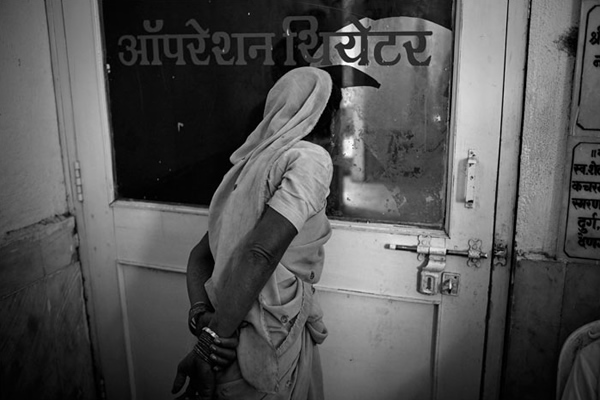
What inspired you to take up Documentary Photography?
I am not a single image-maker. Though single photos are powerful, most of the historic images are single images, but I was (and still am) always drawn to a narrative form of photography. I like spending time with my subjects; I really like to talk to them, share a chai (tea) or break bread with them and then eventually take their photographs. This long-form photography gives more confidence to the subjects that I am there to listen to what they have to say, do justice to the project that I am working on, and to communicate better. I am not a participant, but an observer and this is what I mean by saying that I am a mere chronicler.
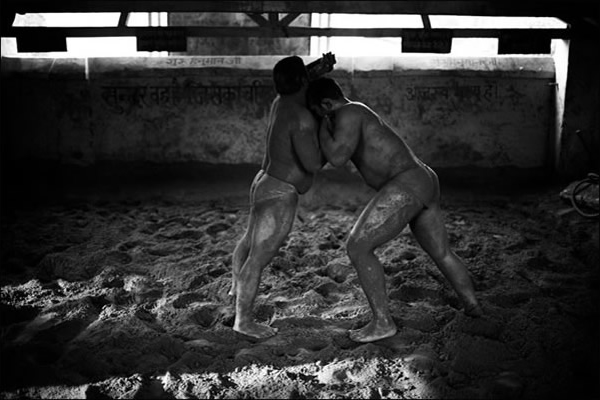
How would you define your style of photography?
All my personal projects fall into the category of long-form documentary photography. My editorial work is however, different, depending on what the clients expect me to do. All of it falls under the category of documentary styled photography.
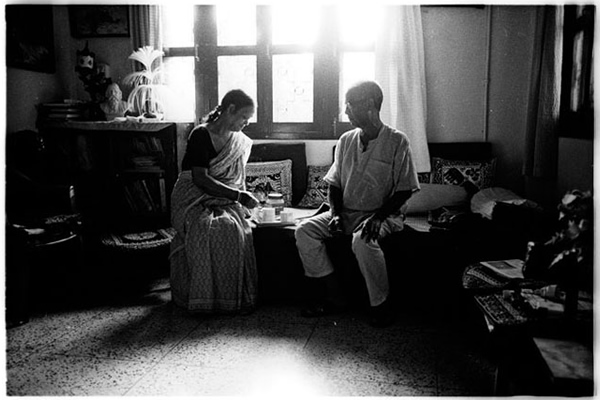
What is the hardest part of being a documentary photographer?
Back in the days, the news organizations would send photographers for long lengths of time and they could spend a lot more time working on a project but now with shrinking budgets, photographers get very little time to work on stories. Making a career out of photography is more difficult now. It should have been a lot easier with the evolution of digital technology and accessibility of traveling. There are a lot of photographers out there, some doing phenomenal work. Today, with all these photographers around and the photographer need to know how to narrate a story differently just like Susan Sontag once said, “…every story you ever want to do, is already done, you can only do it differently…”
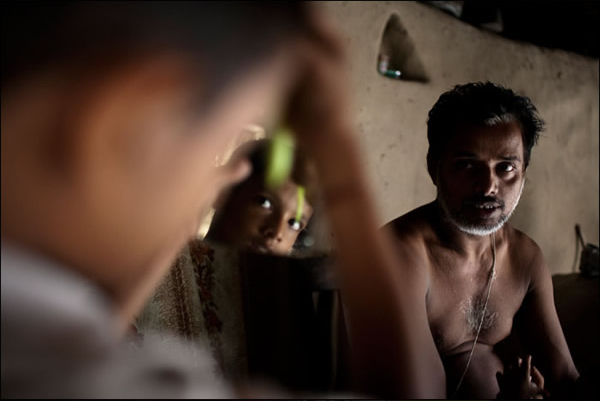
You are traveling and living between India and Malaysia. What is the most interesting place you have encountered for documentary photography?
There are stories everywhere. India is a mine full of stories; one just has to look for them. There are a few stories in Malaysia that I intend to work on as well but I need to spend more time in Malaysia for me to embark on one such story.
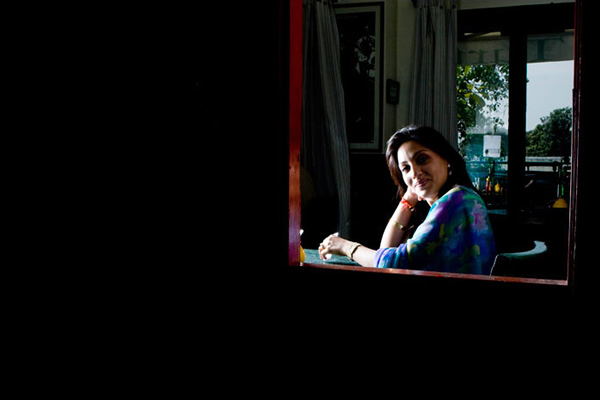
You captured portraits of famous people in India. Can you please share some interesting story when you capture them?
I once had an assignment to photograph Ratan Tata in his hotel in New Delhi. I had set up the lights etc an hour before the appointment. When he arrived, I greeted him and told him I needed to spend some time to take some portraits of him. Before the shoot, he tells me that he had had an eye operation and didn’t want the lights to face him directly, and also told me I had only 3 minutes to photograph him. I rearranged the lights quickly, shot a few frames and then suddenly, he quite politely, walked off. Fortunately, I had my money shot!
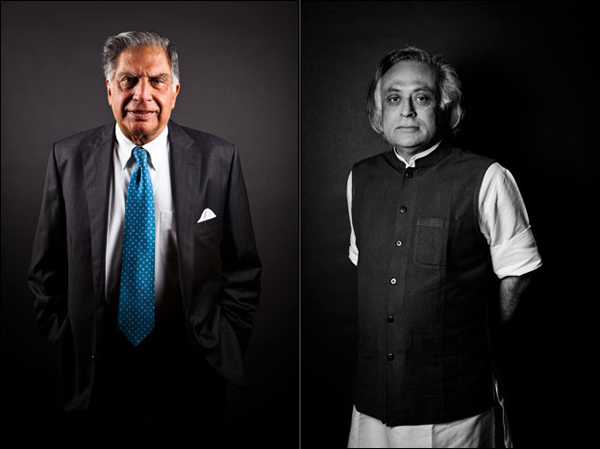
Can you please share some tips towards documentary photography for our users?
It’s extremely important for a photographer to be committed to what one wants to shoot. It’s however more important to respect the surroundings/culture where one is shooting. Patience is a virtue, and is an asset to have as a documentary photographer.

Looking back at your work, which story makes the strongest impression on you?
I have spent a considerable amount of time working on the land rights issue in India. Both the industry and the farmers are at loggerheads with each over land, but the issue of land rights and its connection to industries (and development) is badly represented in India. Farmers distrust the government and feel they are being asked to sacrifice far more than the compensation and re-settlements are able to provide. I feel my work is an important means to carry the message of their social and emotional association with land and the courage, determination and their right to dignity.

What is your most memorable moment in photography?
I am yet to arrive to that moment, still waiting.
What do you do when you’re not busy with photography?
I spend time with my family. I rest. I read. I brew my own coffee.
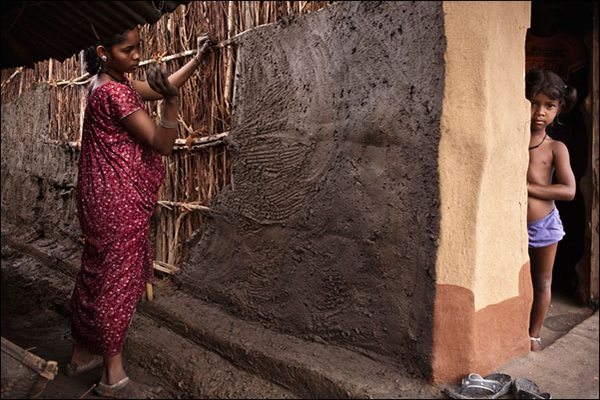
Which photographers have inspired you?
There are many photographers who do, but amongst the contemporary it will be:
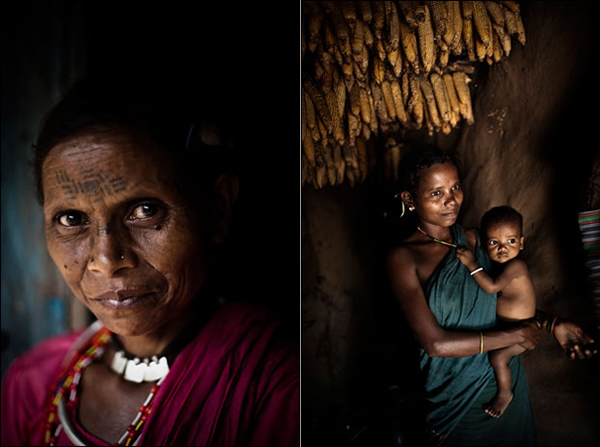
Thanks again for providing 121 Clicks with this opportunity to interview you. Any final thoughts for our readers?
Don’t shoot quantity… shoot quality.
You will be known for the kind of work you do and hence its important for you to be sure of what you’re doing.
One important advice if I may, spend time with family, and give them the attention they deserve.
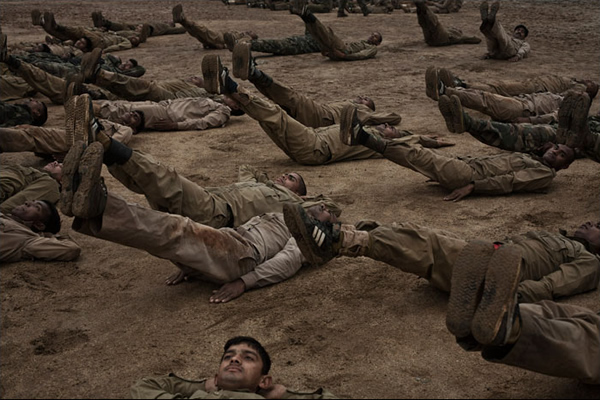
You can find Sanjit on the Web:
Photos 8 May 2014 Share
In Depth recently spoke with Sanjit to discuss his work in general and a recent feature about migrant coal mine workers in India.
A worker directs a loader collecting coal at the Goladi coal depot, operated by Coal India Ltd. subsidiary Bharat Coking Coal Ltd. (BCCL), in Jharia, Jharkhand, India, on Saturday, April 5, 2014. Photographer: Sanjit Das/Bloomberg
Your photo series on coal mine migrants in Jharia, India, shows the human cost of natural resource mining — the “dirty end of a dirty business,” as you put it on your website. What were some challenges you encountered while shooting the series?
Working on stories like these isn’t easy – it’s extremely draining, both physically and emotionally. I spend a lot of time reading and speaking to either the experts, or the community members before embarking on projects such as this. Projects of this nature are multi-layered and need a lot of research and a thorough understanding of the larger issues. I have been working on the Jharia project since 2010, and it isn’t easy to navigate one’s way out of the challenges one faces while working on these kinds of projects.
You frequently shoot in areas that are hard to gain access to. How do you work around these barriers? What’s the most satisfying part of shooting in closed regions?
I spend a lot of time in the field, and not necessarily photographing all the time. I speak to communities, I break bread with them, and what’s most important is to gain the trust of the people you’re working with. It’s about the ethics and about being a concerned photographer that takes you an extra mile. The fact that I am able to spend time with these communities and bring these stories to share with a wider audience is massively satisfying.
As a photographer, how do you think photos help enhance the global economic and business coverage that Bloomberg specializes in? What do you think readers value about your photos?
The digital world has changed our lives drastically – it’s made our world even smaller than it used to be. News travels faster than light, metaphorically speaking, and the economic decisions are made based on the news people read. The integrity of Bloomberg’s reporting and fact checking makes people make decisions about how to invest. My photographs depict reality, and these photos hopefully help people get a visual sense of that reality. It hopefully connects them to the story, helping them not only be more aware but make the right decisions.
Discuss the reaction that your photos have received in the regions in which they were shot. Do you think your work can bring about real social change?
Change doesn’t happen in a day; however, awareness comes quickly. My photos make people more aware of the ground realities. Awareness is the first step and that first step is a monumental one because people make decisions based on what they are aware of. Photographers need to be honest while working on issues that are about real people, because if you aren’t concerned when you’re photographing, people won’t connect to it either when they’re seeing it.
Photographer: Sanjit Das/Bloomberg
— Lauren Meller